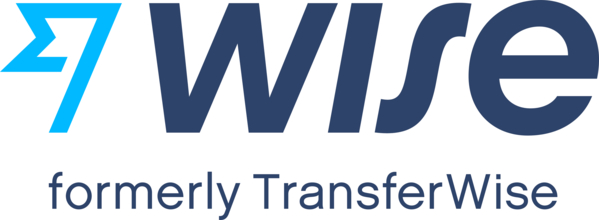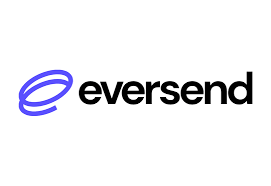Online money transfer platforms like Sendwave, Remitly, eversend, Chippercash, and Wise (formerly TransferWise) WorldRemit,operate with the goal of simplifying and enhancing the process of sending money internationally.





While specific features and functionalities may vary among platforms, here is a general explanation of how these platforms typically work:
1. Registration and Account Creation:
- Users start by registering for an account on the respective platform. This involves providing personal information, contact details, and, in some cases, undergoing identity verification.
2. Verification Process:
- To comply with regulatory requirements and ensure security, users may need to go through a verification process. This often includes submitting identification documents online.
3. Funding the Account:
- Once registered, users link their bank accounts, credit cards, or other payment methods to their accounts on the platform. This serves as the source of funds for the money transfer.
4. Recipient Details:
- Users enter the details of the recipient, including their full name, contact information, and, crucially, the recipient’s bank account details for direct transfers or other relevant information for alternative delivery methods.
5. Amount and Currency Selection:
- The sender specifies the amount they want to transfer and chooses the currency in which they want to send the money. If the recipient is in a different country, the platform may provide real-time exchange rates.
6. Transaction Confirmation:
- Before confirming the transaction, users review the transfer details, including the amount, fees, and exchange rate. They confirm the transaction, and the platform debits the funds from the sender’s account.
7. Processing the Transfer:
- The platform processes the transfer, and the funds are sent to the recipient. The speed of the transfer may vary depending on the destination and the method chosen.
8. Delivery Options:
- The recipient may receive the funds through various methods, depending on the platform and the destination country. Common delivery options include:
- Bank Transfer: Direct deposit into the recipient’s bank account.
- Cash Pickup: The recipient collects the funds in cash at a designated location.
- Mobile Wallet: Funds are deposited into the recipient’s mobile wallet.
9. Notification to Recipient:
- Once the transfer is complete, the recipient is notified of the incoming funds through email, SMS, or app notifications.
10. Tracking and Confirmation:
- Many platforms provide tracking options, allowing both the sender and recipient to monitor the status of the transfer. Confirmation emails or receipts are often sent to both parties.
Additional Features:
- Exchange Rate Transparency:
- Platforms like Wise are known for offering mid-market exchange rates with minimal markup,
